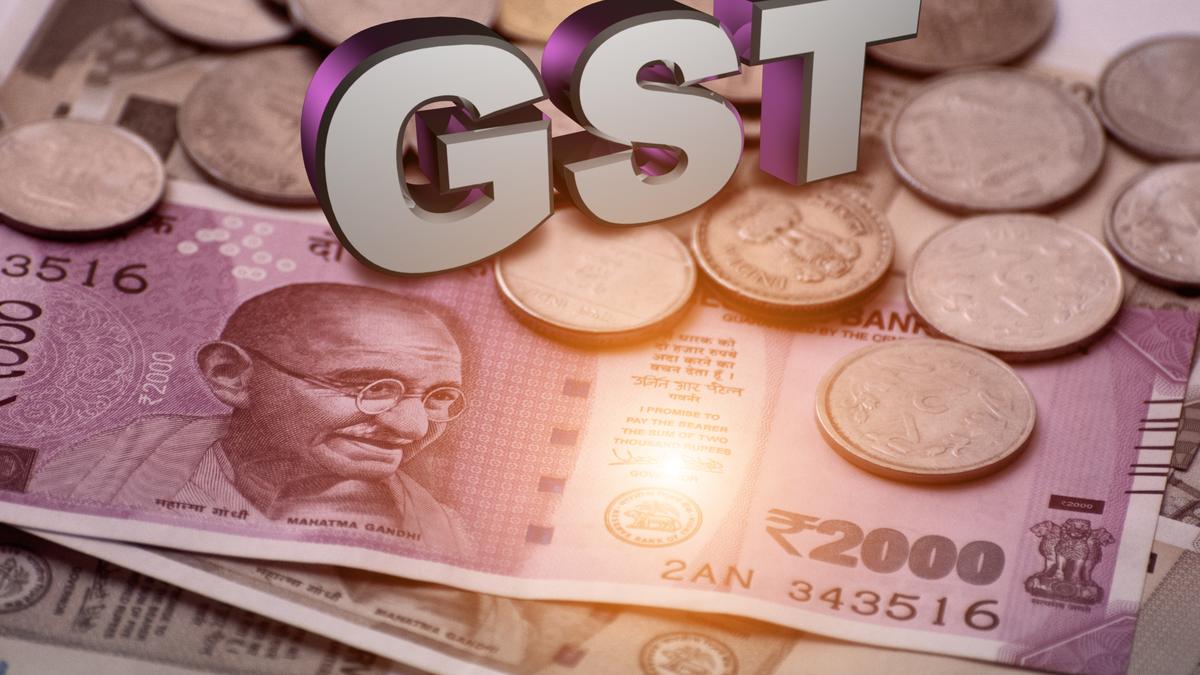Now Reading: BJP Applauds Economic Progress Under PM Modi, Endorses GST Reforms
-
01
BJP Applauds Economic Progress Under PM Modi, Endorses GST Reforms
BJP Applauds Economic Progress Under PM Modi, Endorses GST Reforms

Quick Summary:
- Dr. Syed Zafar Islam, BJP national spokesperson, praised GST reforms as transformative for India’s economic landscape during a press meet in Vijayawada on September 15, 2025.
- GST reforms aim too strengthen Micro,Small,and Medium Enterprises (MSMEs),boost ordinary citizens’ purchasing power by lowering taxes on essential commodities (0% and 5% slabs),and stimulate market demand.
- Dr. islam compared GST’s impact favorably to the landmark 1991 liberalisation scheme and highlighted its role in long-term sustainability under initiatives like Atmanirbhar Bharat.
- India’s economy is said to have progressed significantly since 2014 under Prime Minister Narendra Modi’s leadership, transitioning from being weaker to a globally respected economic player.
- The government’s vision focuses on empowering the middle class while supporting industry-driven inclusive growth.
Indian Opinion Analysis:
The description of GST as one of India’s most transformative reforms emphasizes its role in potentially reshaping the financial burden for citizens while revitalizing MSMEs – key contributors to economic output. If implemented effectively, lower tax rates on essential goods could increase consumption levels across socio-economic classes and sustain market-driven growth momentum.
While the reference to India’s conversion as 2014 highlights significant strides made under current leadership, these claims deserve context through independent macroeconomic indicators for balanced appreciation. Though, comparing GST reform directly with post-liberalisation impacts introduces a broader lens regarding its nationwide implications without discrediting earlier policy milestones-underscoring continuity in evolving national strategies. Time will determine whether this initiative achieves inclusivity goals articulated here.























